Process Free Ctp Plates Market Summary
As per MRFR analysis, the Process-free CTP Plates Market was estimated at 1.998 USD Billion in 2024. The Process-free CTP Plates industry is projected to grow from 2.097 USD Billion in 2025 to 3.39 USD Billion by 2035, exhibiting a compound annual growth rate (CAGR) of 4.92 during the forecast period 2025 - 2035.
Key Market Trends & Highlights
The Process-free CTP Plates Market is experiencing a robust shift towards sustainability and technological innovation.
- North America remains the largest market for Process-free CTP Plates, driven by increasing demand for sustainable printing solutions.
- The Asia-Pacific region is emerging as the fastest-growing market, fueled by rapid industrialization and technological advancements.
- Thermal plates dominate the market, while UV-sensitive plates are gaining traction due to their eco-friendly attributes.
- Sustainability initiatives and technological innovations are key drivers propelling growth in both the commercial printing and packaging segments.
Market Size & Forecast
| 2024 Market Size | 1.998 (USD Billion) |
| 2035 Market Size | 3.39 (USD Billion) |
| CAGR (2025 - 2035) | 4.92% |
Major Players
Agfa (BE), Kodak (US), Fujifilm (JP), Screen (JP), Xerox (US), Mitsubishi Paper Mills (JP), Epson (JP), Sappi (ZA), Shenzhen Hualong (CN)


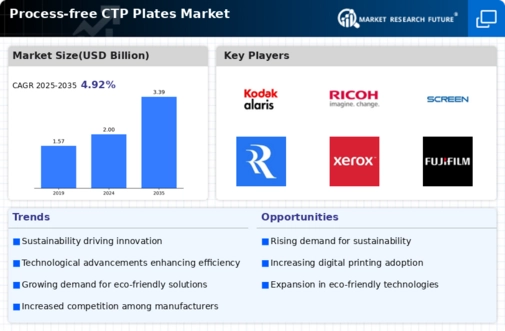
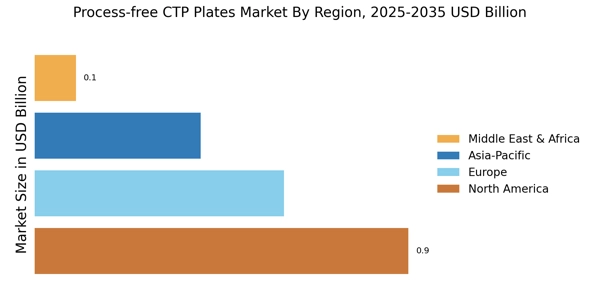
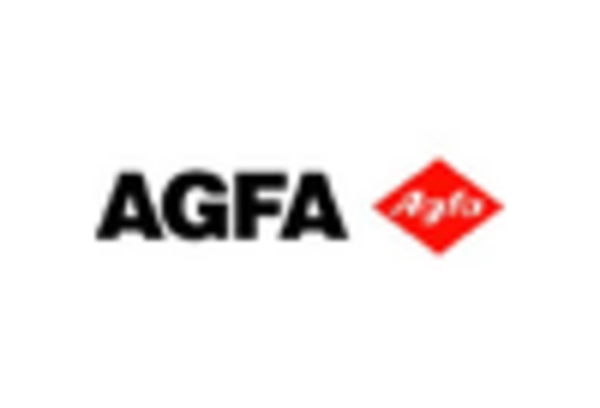
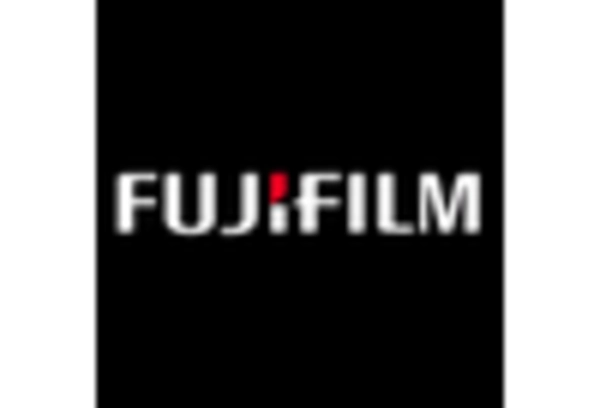
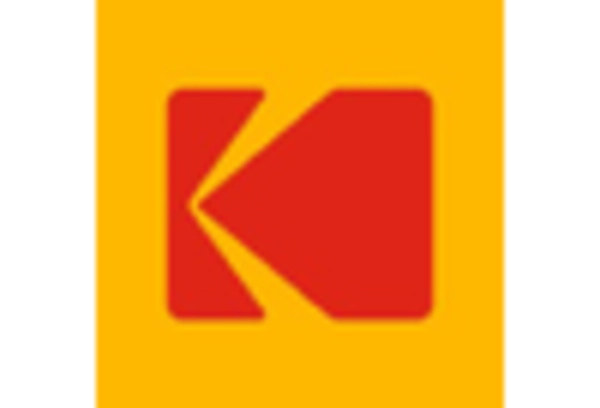
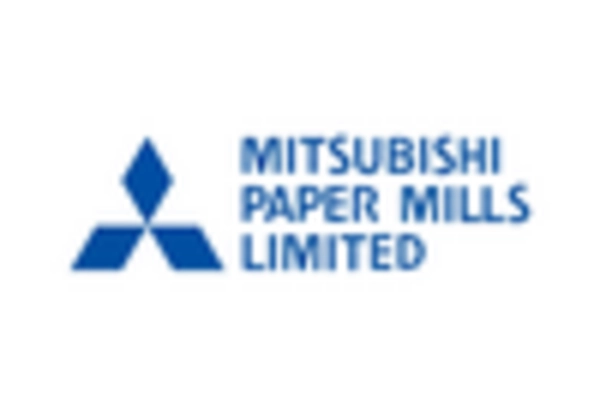

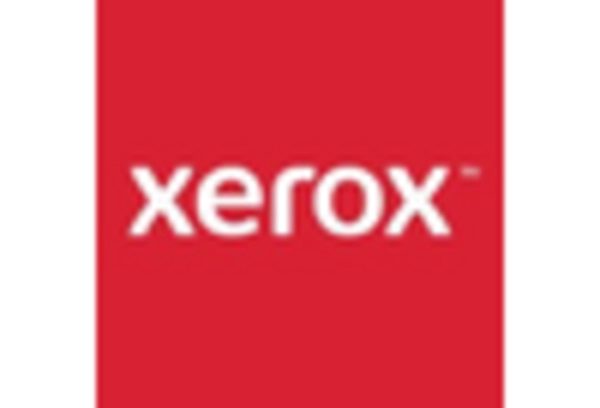








Leave a Comment